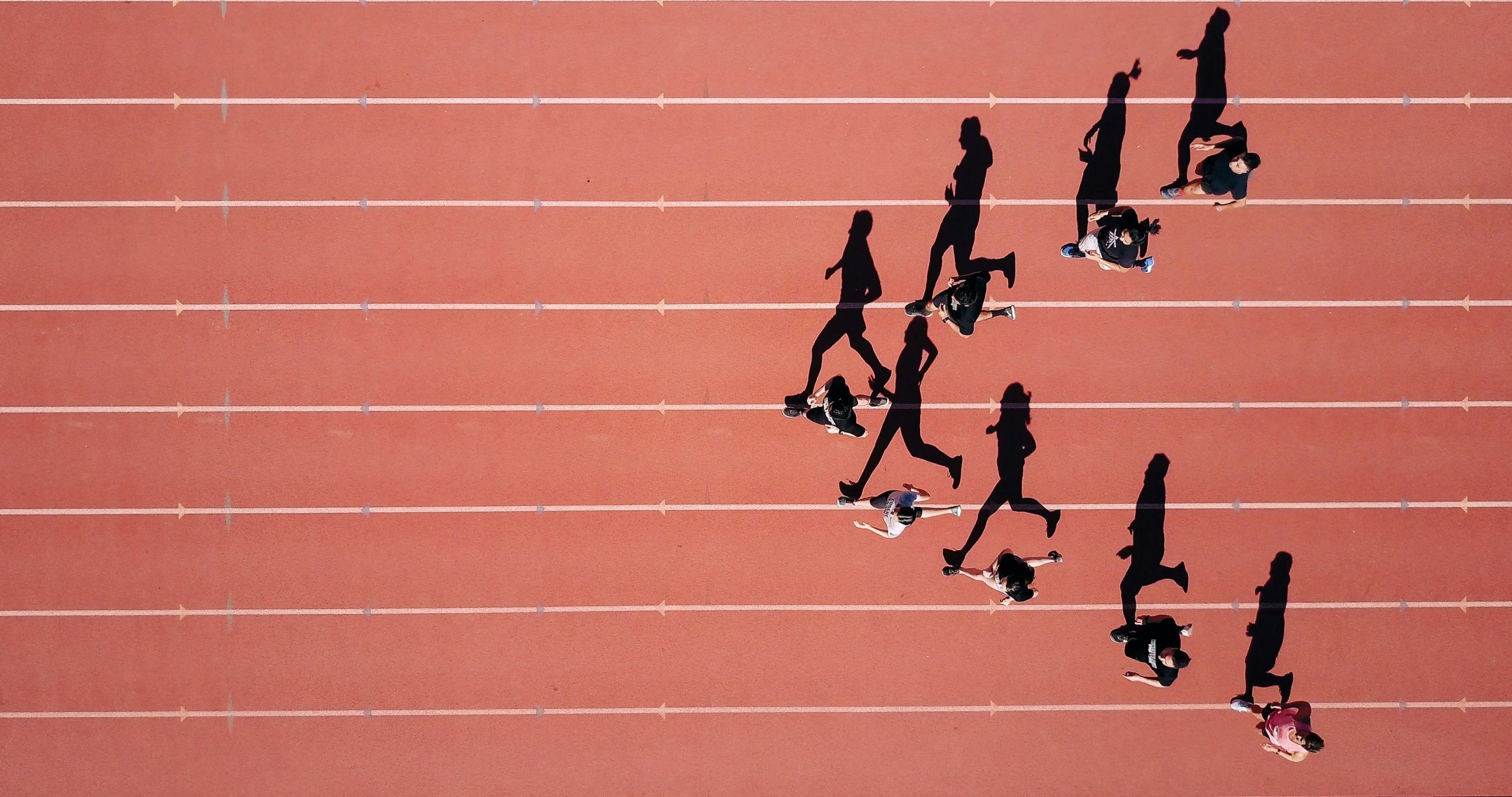
Economic Impact of Sports Marketing Campaigns
Sports marketing campaigns have evolved into powerful tools that not only promote teams and athletes but also significantly impact economies on various scales. These campaigns leverage the immense popularity and emotional connection people have with sports to drive consumer behavior, boost tourism, and stimulate economic growth. Let’s explore the multifaceted economic impacts of sports marketing campaigns.
Direct Financial Impact
Sports marketing campaigns generate substantial revenue through various channels:
- Ticket Sales: Successful campaigns often result in increased ticket sales for games, matches, or tournaments.
- Merchandising: Branded merchandise tied to campaigns can become highly sought-after, generating significant sales.
- Sponsorships: Campaigns attract sponsors eager to reach the large, engaged audience associated with sports.
For instance, during the FIFA World Cup, global sponsorship revenues exceeded $2 billion, showcasing the financial magnetism of sports marketing on a global stage.
Boosting Local Economies
Sports events and associated marketing campaigns often provide substantial economic benefits to host cities and regions:
- Tourism: Major sports events draw visitors from around the world, filling hotels, restaurants, and local attractions.
- Infrastructure Development: Hosting events necessitates infrastructure investments, which can stimulate local construction and development industries.
- Job Creation: From event staff to hospitality workers, sports events create temporary and permanent jobs.
For example, the Super Bowl annually generates hundreds of millions of dollars for its host city through increased tourism and local spending.
Long-term Brand Value
Sports marketing campaigns also contribute to long-term brand equity for teams, athletes, and sponsors:
- Fan Loyalty: Effective campaigns deepen fan loyalty, translating into sustained ticket sales, merchandise purchases, and media subscriptions.
- Corporate Sponsorship: Brands align themselves with successful sports entities to enhance their own brand image and reach.
- Media Exposure: Extensive media coverage of sports events amplifies the reach and visibility of associated brands.
For instance, Nike’s partnership with Michael Jordan in the 1990s not only boosted sales of Air Jordans but also solidified Nike’s position as a leading sports apparel brand worldwide.
Case Studies
Examining specific campaigns can illustrate their economic impacts:
“The ‘I Love New York’ campaign during the 1980s, tied with sports events like the New York City Marathon, contributed significantly to revitalizing New York City’s tourism industry after economic downturns.”
Similarly, the Olympics consistently provide host cities with substantial economic benefits, despite initial concerns over costs.
Conclusion
Sports marketing campaigns wield immense economic influence by driving direct financial gains, boosting local economies through increased tourism and infrastructure development, and enhancing long-term brand value for stakeholders. As such, they represent not only promotional tools but also catalysts for economic growth and community development on a global scale.
By understanding and harnessing these impacts, stakeholders in sports and marketing can continue to leverage the unique power of sports to drive economic prosperity.



